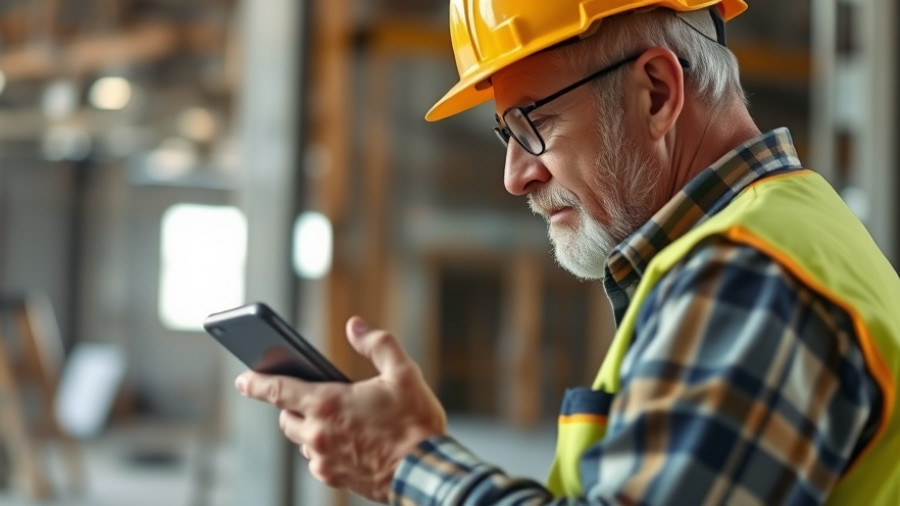
The Transformation of Construction Estimating with AI
As we navigate a new landscape in the construction industry, the spotlight has shifted significantly to artificial intelligence (AI) and automation. Unlike traditional estimation techniques that relied heavily on manual input and were time-consuming, these technologies are rapidly reshaping how construction estimates are prepared, enabling companies to enhance accuracy and efficiency dramatically.
Understanding AI and Automation in Construction
AI in construction estimating is much more than a buzzword; it represents a fundamental shift. By leveraging algorithms, AI analyzes data to predict costs, manage resources, and ultimately streamline decision-making processes. Automation complements AI by handling routine tasks that previously demanded immense human effort. This duo is revolutionizing estimating practices, allowing companies to create more accurate bids in significantly less time.
Revolutionizing Efficiency: From Days to Minutes
Previously, estimators often spent days poring over project plans and specifications to compile accurate bids. Advances in technology have shrunk this timeframe to mere minutes. For instance, tools like Autodesk’s Takeoff automate quantity extractions from 2D and 3D models, reducing labor intensity and human errors. This efficiency not only saves time but also allows teams to focus on refining their bid strategies and improving project management.
Real-World Applications: Companies Leading the Charge
Companies like DPR Construction and Windover Construction are prime examples of organizations that have adopted AI and automation effectively. DPR Construction integrates its estimating software with BIM technologies, allowing for rapid and precise quantification of project scopes. Windover Construction has reported up to a 50% reduction in time spent on quantity takeoff through similar integrations, showcasing tangible benefits that come from adopting modern technology.
The Benefits Go Beyond Speed
While the drastic reduction in time spent on estimates is a noteworthy benefit, the implications extend far beyond just speed. Enhanced accuracy is another significant advantage. Traditional methods often led to human errors—88% of spreadsheets reportedly contain some error. However, AI-driven tools can identify discrepancies instantly, increasing the reliability of project estimates. Consequently, firms can anticipate cost overruns and plan budgets more effectively.
The Future of Construction Estimating: What Lies Ahead?
The trajectory of construction estimating suggests that as AI and automation technologies continue to mature, companies can expect even greater accuracy in predictions. Future advancements may involve more sophisticated analysis tools that can assess variables such as material price fluctuations, labor market changes, and environmental factors, leading to even sharper and more adaptable bids.
Challenges on the Road to Adoption
Despite the clear advantages, the transition to these technologies is not without challenges. Resistance to change is a common barrier in many industries, including construction. Teams may hesitate to abandon traditional estimating techniques, fearing the reliance on technology could diminish the expertise of seasoned estimators. Comprehensive training and sustained organizational support are pivotal in overcoming these hurdles.
Actionable Insights for Construction Companies
For construction organizations looking to improve their estimating processes, embracing AI-driven solutions is non-negotiable in today’s fast-paced market. Assessing existing workflows for automatable tasks is a great starting point. Invest in adequate training for your team on new tools to ensure you maximize their potential while maintaining the invaluable human oversight that drives successful projects.
In conclusion, the rapidly evolving landscape of construction estimating heralds a transformative period for the industry. By leveraging AI and automated tools, companies not only enhance operational efficiency but also position themselves for greater competitiveness and success in a challenging economy. To those yet to embrace these innovations, the call to action is clear: adapt or risk obsolescence. Would you like to explore more about these emerging technologies? Stay informed and consider engaging with webinars and workshops focused on effectively leveraging AI in construction.
 Add Row
Add Row  Add
Add 




Write A Comment